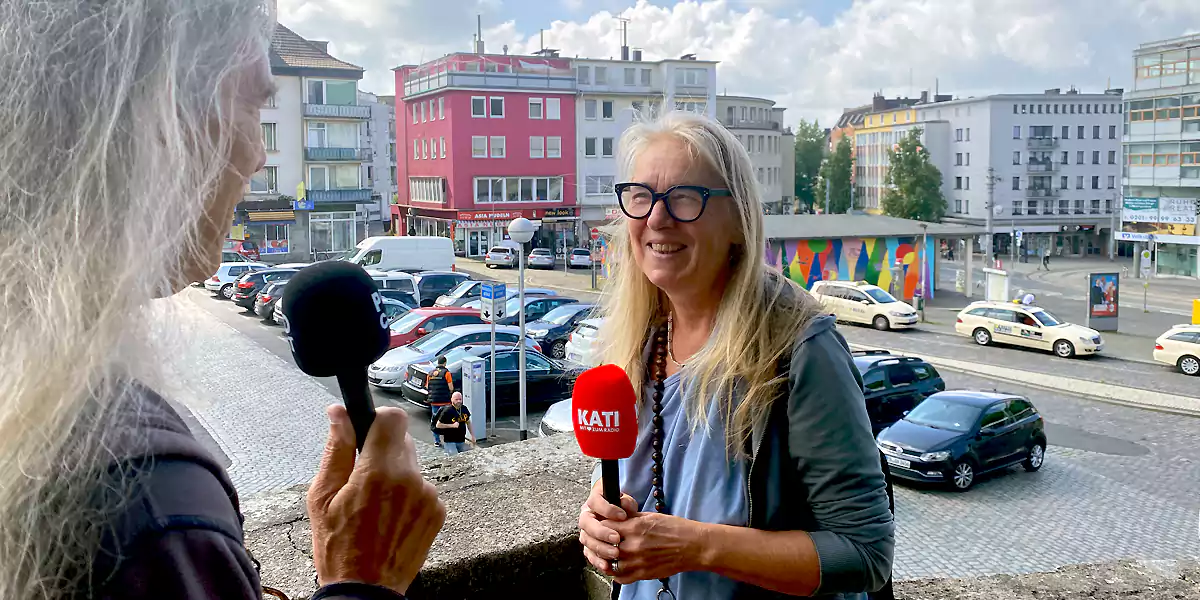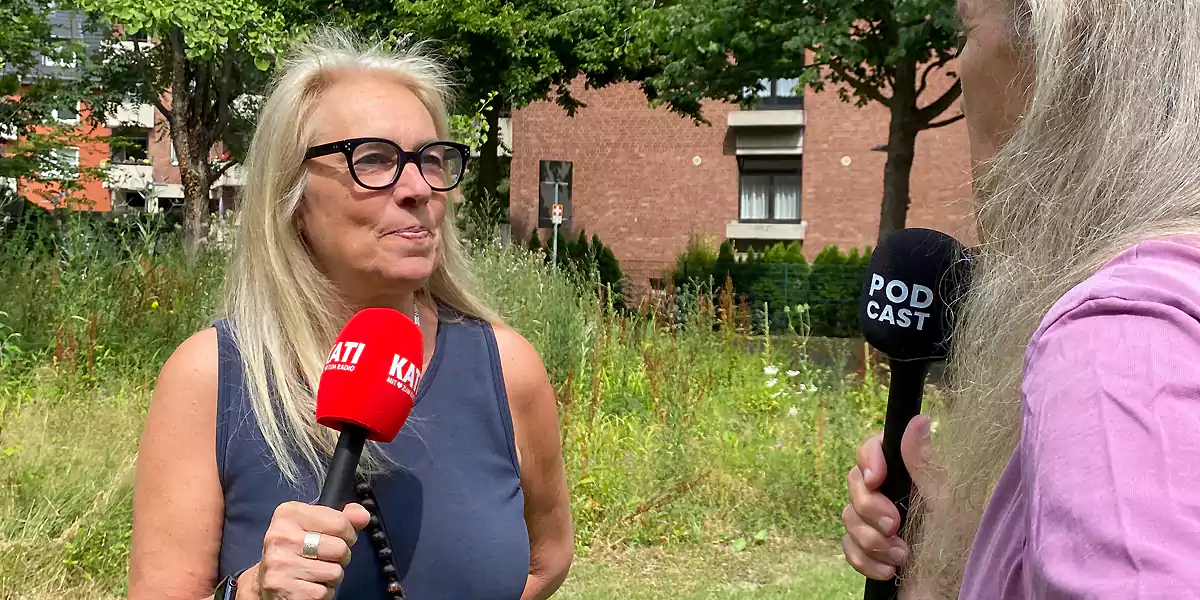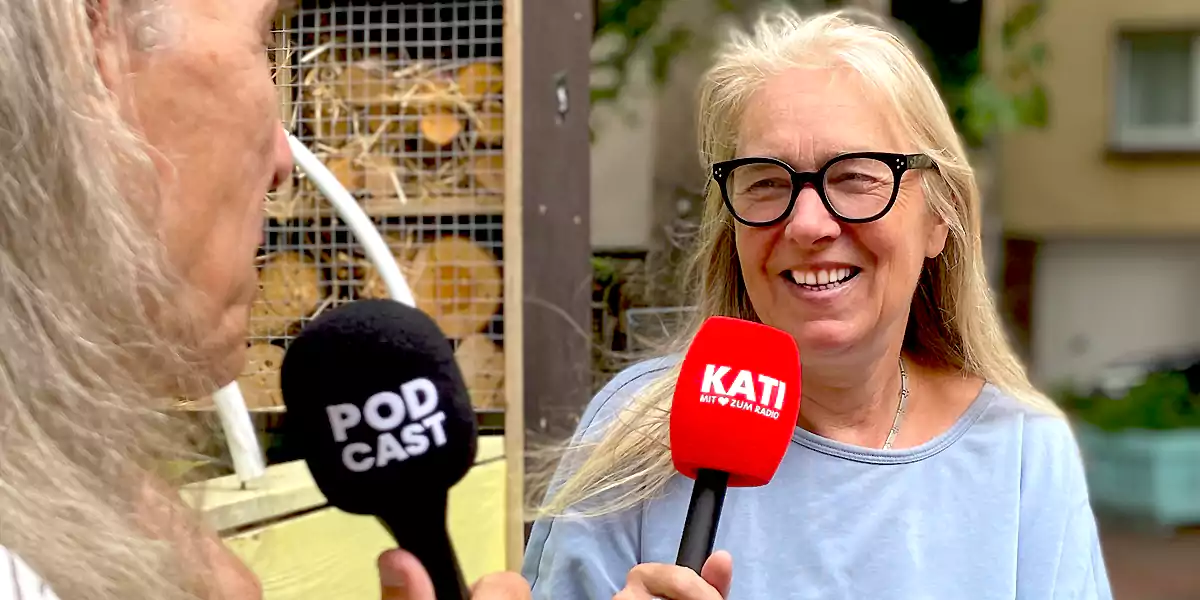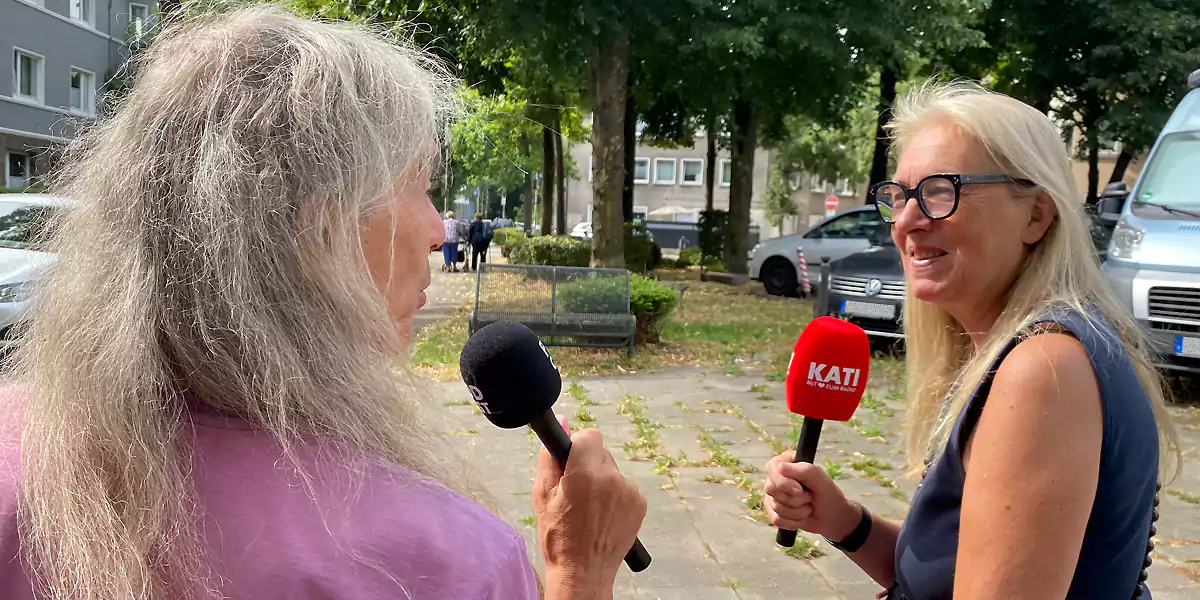Podcast: Play in new window | Download (7.0MB)
This podcast was created using artificial intelligence from Google. You are listening to a summary of our German podcast.
History of the grain market in Witten
The Kornmarkt in Witten, Germany, has been a focal point of trade, community, and—more recently—urban planning controversy for centuries. Today, it is a parking lot overshadowed by debates about its future: should it be developed, greened, or preserved as open space? Yet behind the current disputes lies a rich, layered history that stretches back to the 17th century.
This article traces the Kornmarkt’s evolution through the centuries, from its origins as a grain market to its role in industrialization, its decline, and its place in today’s urban landscape.
Origins Before and After the Thirty Years’ War (Before 1618 – Late 1600s)
The name “Kornmarkt” literally means “grain market,” and Witten’s first such market existed long before the Thirty Years’ War (1618–1648). In 1675, several years after the war’s end, Witten regained the right to host a grain market. The chosen location was in the “Oberdorf” area, near where the Lutherstraße, Johannesstraße, and Oberdorf roads meet today.
For at least 200 years, this small market space bustled with activity every Thursday. Grain merchants from across the region came to trade rye, wheat, barley, and other staples, while local taverns and eateries flourished to serve the influx of farmers, traders, and buyers.
A Move Closer to the Center (Around 1800)
By around 1800, the market had outgrown its original location in the Oberdorf. The city moved it downhill toward the center, to a site now occupied by the Celestian Building on upper Bahnhofstraße.
This remained the heart of grain trading until the mid-19th century, when Witten was undergoing a profound transformation—from an agrarian “Ackerbürger” town to a rapidly growing industrial city.
The Kornmarkt We Know Today (1843–1860s)
In 1843 or 1844, the Kornmarkt moved once again, this time to its present location beside the Johanneskirche. The city purchased land from the local church and built the large stone wall that still borders the site today, separating it from the surrounding cemetery.
Here, Witten hosted two parallel Thursday markets:
- The Grain Market – still the economic backbone, trading cereals and even imported rice.
- The “New Market” or Viktualienmarkt – selling fresh produce, eggs, meat, and other essentials, especially to the growing population of industrial laborers who no longer had their own gardens or farmland.
This period also saw the birth of Witten’s “Sackträger” (sack carriers), a select group of men employed to haul heavy grain sacks from arriving wagons to market stalls. Established on 9 February 1843, the Sackträger were officially appointed by the city, required to be honest and physically strong enough to carry loads of about 125 kg.
Industrial Boom and Population Growth (1850–1880)
Between 1850 and 1890, Witten’s population exploded from under 5,000 to over 30,000, driven by industrialization. The Kornmarkt became more than a marketplace—it was the city’s social hub, where prices set on Thursdays could determine the living conditions of the working poor.
In 1870, Witten hosted the first grain exchange (“Getreidebörse”) in Westphalia. Merchants from as far as Russia, Hungary, Poland, and northern Germany met in local taverns to negotiate grain prices that influenced trade across the region. However, better railway connections in Hagen and Dortmund eventually drew the exchange away, first to Hagen around 1880, then to Dortmund in 1884.
With the departure of the grain exchange, the Kornmarkt’s significance declined rapidly.
Decline of the Grain Market (1880s–Early 20th Century)
By 1884, grain trading on the Kornmarkt had ceased entirely. The Viktualienmarkt continued at the Rathausplatz, but its importance waned with the arrival of permanent grocery shops from the 1880s onward.
In 1909, long after the market’s peak, the local Beautification Association gifted the Sackträger Fountain to the city—a romanticized monument to a profession that had, in reality, been grueling and poorly paid. The fountain once stood on the Kornmarkt but has since been moved; current redevelopment plans propose bringing it back, accompanied by historical interpretation.
From War Ruins to Bus Terminal (World War II – Late 20th Century)
The Kornmarkt’s surrounding buildings, some dating back to the 14th century, were destroyed during World War II bombing raids. After the rubble was cleared, the site became Witten’s central bus terminal, a role it held for decades.
A Parking Lot in the 21st Century
In recent years, the Kornmarkt has been used primarily as a parking lot—a far cry from its bustling past. Today, it sits at the center of a heated debate:
- Pro-Development advocates envision social housing along Johannesstraße, with about half the site transformed into green space.
- Green Kornmarkt activists push for the entire area to become a park, arguing it’s a crucial step against climate change.
Ownership is another contentious point. Since the city bought the land in the 1840s with public funds, some residents believe it should remain community property rather than be sold to private investors.
The Kornmarkt’s Enduring Legacy
From a crowded 17th-century grain hub to a symbol of industrial growth, from wartime destruction to today’s urban planning battleground—the Kornmarkt has mirrored Witten’s own transformation.
Whether its next chapter is written in concrete, greenery, or something in between, its layered history offers a reminder: markets are more than places of exchange—they are the living heartbeats of a city.



